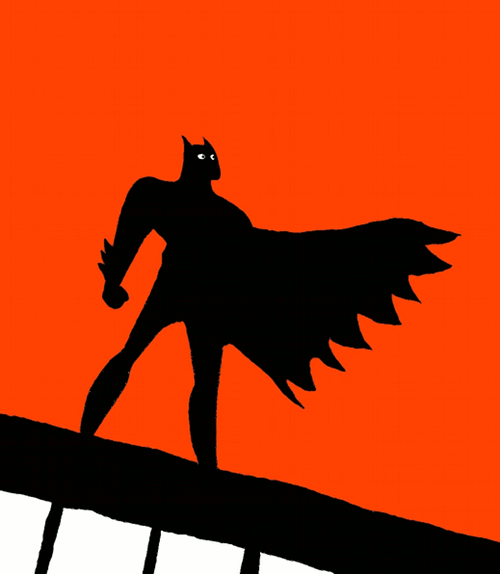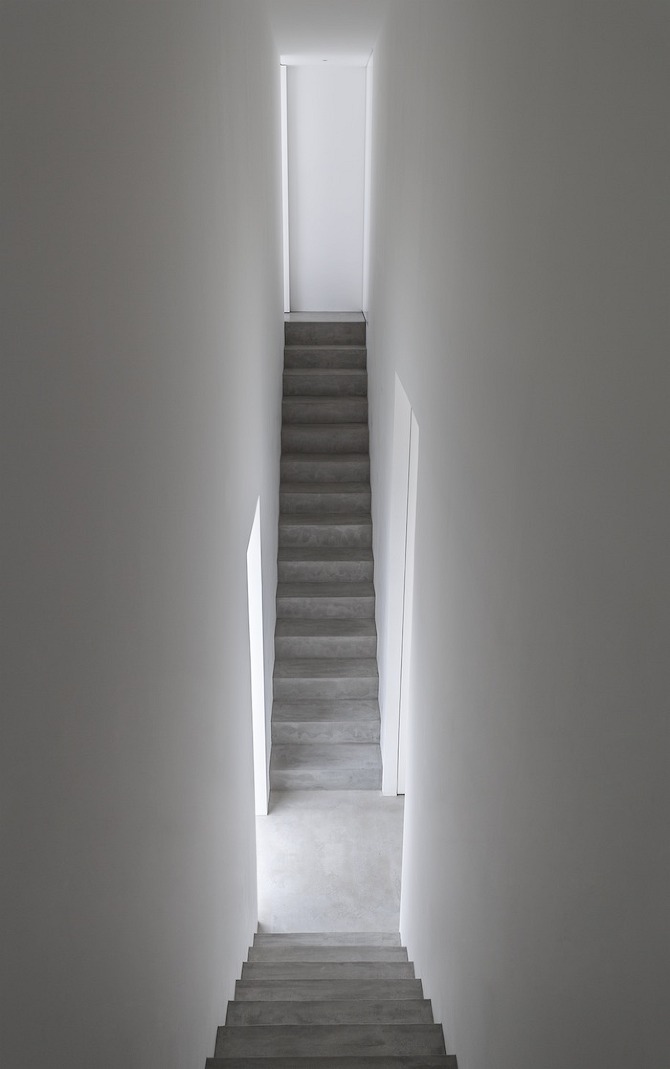2013-04-29
Jellyfish Eyes by Takashi Murakami
Murakami’s directorial debut tells the story of Masashi, a young boy who moves from an evacuation center to a small town where he dreams of feeding string cheese to jellyfish while talking to his deceased father. On the first day of school, Masashi discovers that every child gets his or her own remote-controlled Friend (with a capital F), including himself. The little spirit animal/golem-type creatures are part of an evil plot designed to suck up all the kids’ negative energy in order to summon a “supra-universal power,” and in typical Murakami style, there’s a wide range of fantasy creatures, from the utterly hideous to the unbelievably adorable. On one end, Masashi finds a slimy lizard-type thing and a six-legged monster with an anvil for a head; on the other, there’s a massive bunny called Luxor and the eponymous Kurage-bo, or “Jellyfish Boy” — Masashi’s own beloved Friend.
The film evokes primal emotions of childhood, such as irrational fear and profound sadness, while also recalling Japanese giant-monster cinema of the 1950s. Just as the older movies served as a visual commentary on post-World War II, radiation-fueled angst, Jellyfish Eyes addresses similar fears reignited after Japan’s earthquakes and tsunami of 2011.
(Takashi Murakami, known for his work - samples below - and collaboration with Louis Vuitton)
2013-04-18
2013-04-17
Shinichi Ogawa & Associates- Cube-House
The house is built on a 1.5M grid module in all directions. This site is at a corner of the new residential area in Kanagawa, Japan. The space is composed of a solid cube of 9.0M x 9.0M x 6.0M and a cubic void of 4.5M x 4.5M x 6.0M. The hall, children's room and kitchen are laid out to surround the living/dining room on the ground floor. The bedrooms, walk-in closet and bathroom are located on the second floor. Each room of the interior space is connected through the void of the living room. And the void cuts off the sky as a geometric form, letting the sunlight inside. In this house, all events, the changes of the seasons, course of time, and human activity, are created through the void.
-
Location: Kanagawa, Japan
Words: Courtesy of Shinichi Ogawa & Associates
Photography: Jonathan Savoie
2013-04-16
Can You Teach Starving Artists How To Make A Living? - WorldCrunch
Can You Teach Starving Artists How To Make A Living? - All News Is Global |
BERLIN - Whoever would have thought it: in this day and age, capitalism being extolled as a remedy. Not by desperate governments or bankers fearing for their bonuses – but by American writer and social critic Camille Paglia.
In an essay entitled How Capitalism Can Save Art, Paglia writes that no major artist has emerged since the 1970s and that creativity is only to be found in design and architecture. “Artists should learn to see themselves as entrepreneurs,” she says.
In Germany this message has apparently already hit home. There is a wide variety of courses on offer to teach art students how to survive in today’s economy. In fact, getting rid of the “starving artist” cliché is even considered a state matter, as the Federal Competence Centre for Cultural and Creative Industries,created in 2007, shows. In eight German regions, the center offers potential artists a free orientation session with a counselor who can sound out their “business idea” and discuss its “market potential.”
BERLIN - Whoever would have thought it: in this day and age, capitalism being extolled as a remedy. Not by desperate governments or bankers fearing for their bonuses – but by American writer and social critic Camille Paglia.
In an essay entitled How Capitalism Can Save Art, Paglia writes that no major artist has emerged since the 1970s and that creativity is only to be found in design and architecture. “Artists should learn to see themselves as entrepreneurs,” she says.
In Germany this message has apparently already hit home. There is a wide variety of courses on offer to teach art students how to survive in today’s economy. In fact, getting rid of the “starving artist” cliché is even considered a state matter, as the Federal Competence Centre for Cultural and Creative Industries,created in 2007, shows. In eight German regions, the center offers potential artists a free orientation session with a counselor who can sound out their “business idea” and discuss its “market potential.”
2013-04-02
Subscribe to:
Comments (Atom)















